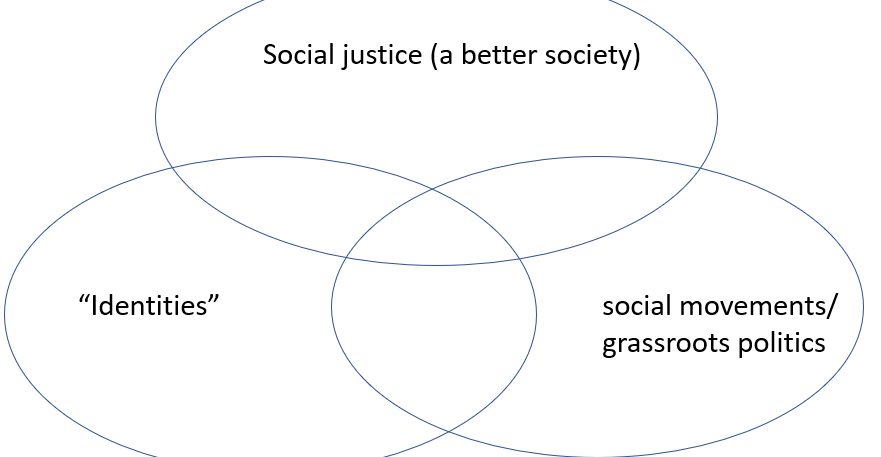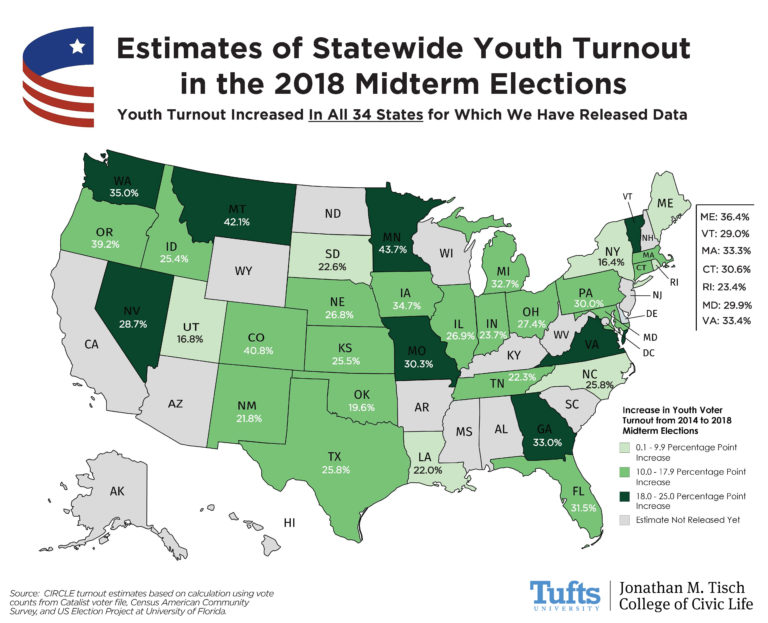- Facebook93
- Twitter1
- Total 94
The New York Times’ Dana Goldstein reports a “bruising political fight” over Michigan’s social studies standards, in which one of the questions was whether to describe our government as a democracy or a “constitutional republic,” as some conservatives prefer.
This is a familiar debate, previously held in states like Texas and Georgia. I’ve received messages and comments questioning my expertise on civic education on the ground that I sometimes ignorantly describe the US as a democracy, when it is actually a republic.
Goldstein offers what looks like a definitive, expert resolution:
mainstream historians, political scientists and legal scholars say that the United States is both a representative democracy and a republic — and that there is no contradiction between those terms.
A democracy is government by the people, who may rule either directly or indirectly, through elected representatives. A republic is a form of government in which the people’s elected representatives make decisions.
I think these definitions are fairly arbitrary. Both words have been used for more than 2,000 years in a dizzying variety of ways. The People’s Republic of China doesn’t select its representatives through contested elections. I suppose we might claim it isn’t a genuine republic, but the very first state to claim that title was Rome, whose legislature was hereditary. The first states to call themselves democracies (some of the Greek cities) used a wide variety of methods of governance, including awarding offices by lottery and consulting oracles.
“Republic” has Latin roots, and if you use etymology to determine meaning, then its core idea is the public good–an important domain (sometimes translated as “the commonwealth”) that is public rather than private property. This idea is incompatible with monarchy, which presumes that the state is one person’s property. Therefore, removing Elizabeth II as the titular monarch of Australia would convert it into a republic without really changing how Australia is governed. Developing the idea more fully, we might emphasize the importance and nobility of the public sphere and public life–republican virtues. Conservatives should be cautious about this direction since republicans, from renaissance Italy to Maoist China, have often been hostile to private wealth. The res publica and bonum commune are opposed to private interests.
As for “democracy,” it has Greek roots, and its etymology is power for the people. For some, that means one person/one vote, but that logic has been disputed. For Dewey, it meant active involvement in all sectors of life: science, art, the family, industry. For Soviet apologists, it meant the dictatorship of the proletariat (= the people) through a vanguard party until the state could be abolished entirely. For Bonapartists, it means that voters should anoint a unifying leader in a plebiscite to prevent domination by factions.
It’s true that the word “democracy” often had a pejorative ring until the later 19th century. For many authors, it meant something like mob rule. But they did not consistently equate it with direct, popular rule. In fact, Jefferson used the word “republic” precisely for that form of government:
Indeed, it must be acknowledged, that the term republic is of very vague application in every language. Witness the self-styled republics of Holland, Switzerland, Genoa, Venice, Poland. Were I to assign to this term a precise and definite idea, I would say, purely and simply, it means a government by its citizens in mass, acting directly and personally, according to rules established by the majority; and that every other government is more or less republican, in proportion as it has in its composition more or less of this ingredient of the direct action of the citizens.
— Jefferson to John Taylor, 1816, emphasis added
So when people tell you that the Founders created a republic because they feared “government by its citizens in mass,” they are certainly not remembering Jefferson.
“Ah,” you say, “but what about Madison? Jefferson didn’t write the Constitution or even like it very much. The authors of the Federalist Papers prevailed in its design, and they liked republics rather than democracies.”
Indeed, Madison defended checks on direct, popular rule to protect against factionalism, and his thought remains compelling. But look at what Madison wrote in 1834:
[1] no Government of human device, & human administration can be perfect; [2] that which is the least imperfect is therefore the best Govt. [3] the abuses of all other Govts. have led to the preference of Republican Govt. is the best of all governments because the least imperfect. [4] the vital principle of Repub: Govt. is the lex majoris partis, the will of the majority; [5] if the will of a majority can not be trusted where there are diversified conflicting interests, it can be trusted no where because such interests exist every where ..
— James Madison to Unknown, re majority governments
Dec. 1834 (emphasis added)
So there we see James Madison defending “the will of the majority” and the “law of the larger part,” and calling it republicanism.
For me, the bottom line is that we should stop treating this as some kind of fact that we should impart to youth. What is a democracy, what is a republic, what kind of government we have, and what kind of government we should have are live issues about which thoughtful and learned people disagree. Kids should be welcomed into the conversation.
See also:every Republican president since 1901 has insisted that the US is a democracy; do we live in a republic or a democracy?



